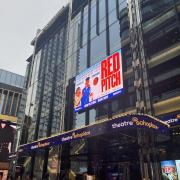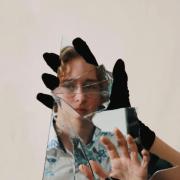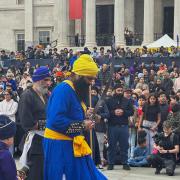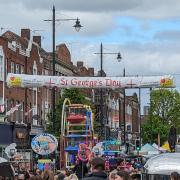
A few weeks ago, the sun turned red, and the sky turned an eerie yellow, due to Hurricane Ophelia bringing in dust from the Sahara Desert. But why does the dust turn the sky red? And how often do events like this occur?
The reason this happens is because the dust causes the shorter wavelength blue light to be scattered, which allows the longer wavelength red light to shine through, and is not a rare occurrence. It usually happens one or two times a year in Britain, but unlike this time, it usually happens overnight, leaving only a layer of dust on cars in the morning.
So, what other phenomena can we witness, to do with the sun? There are solar eclipses, which occur regularly, and can be seen in this country. Though the total eclipse in the summer was not visible here, it still happened and was an incredible spectacle. Nicholas Harrison, who witnessed the total solar eclipse on August 11th, 1999 in Britain, said that it was "an astonishing thing" and that he was "planning to see the next one".
Another example of a solar phenomenon is a solar storm. This is when solar wind is intense enough to develop into a solar storm. Though it does not sound like much, the storms can actually cause major power failures and disrupt radio communications around the world.
In the future, look out for solar phenomena like these, as they may not always be rare, but they can be exciting events where groups of people gather together, especially true in the case of the solar eclipse.


























